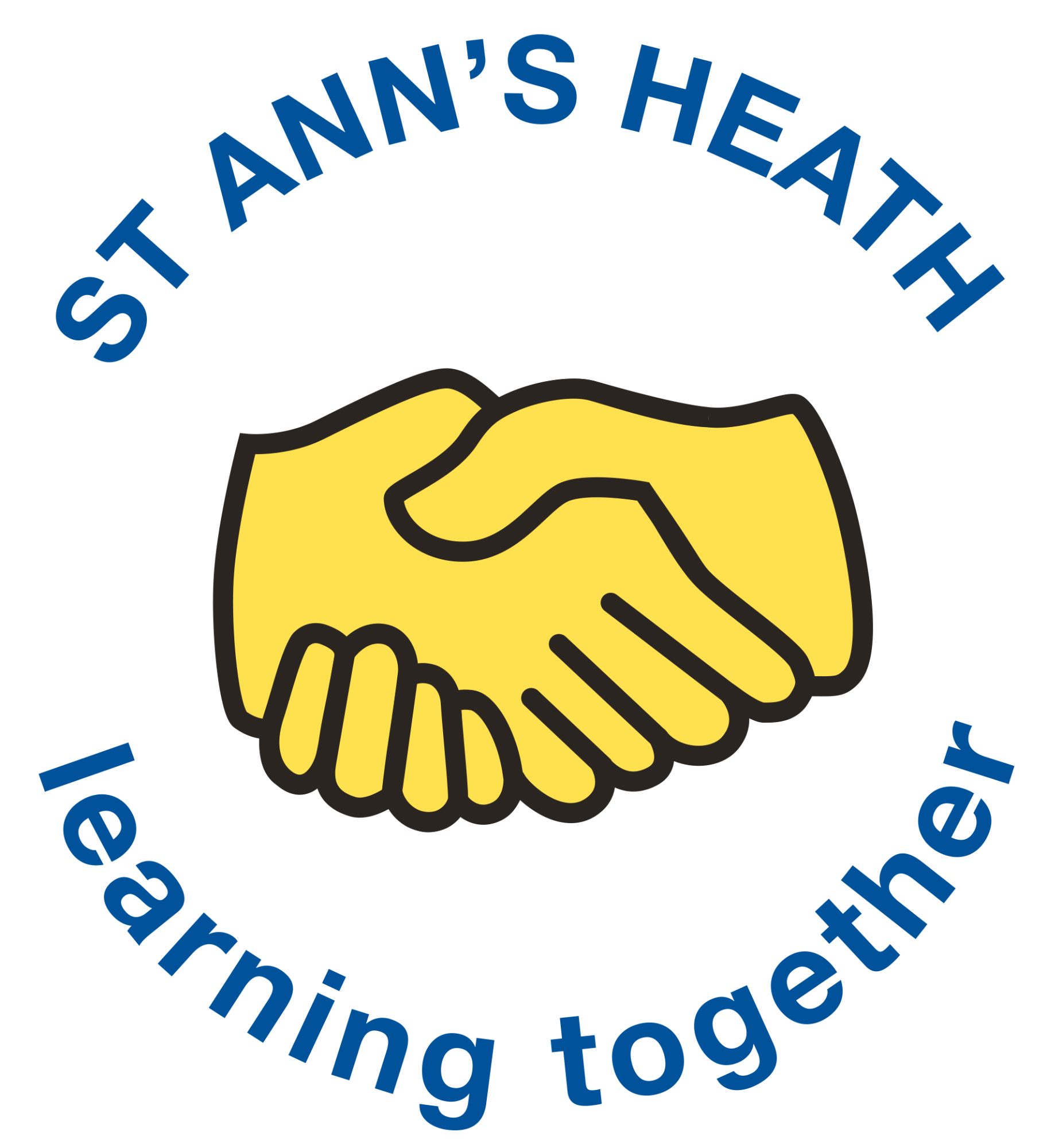Music
Music is learning about musicians and instruments.
"I liked the drumming workshop that we did because we were allowed to play real drums," - Year 6
Overview
At St Ann’s Heath, the Music curriculum is designed to instil a genuine interest in and enjoyment of the subject, sparking a desire for further exploration. We are committed to setting clear and reasonable objectives with the potential for positive outcomes, creating a pathway for every child to engage with music in a meaningful way. Our exciting Music provision is carefully linked to the wider curriculum where possible e.g. WWII music / Roman music / Stone Age music. We know that music can enrich the understanding of historical periods, making time frames more realistic for children, and the topics chosen can provide a framework for musical knowledge and skills to be developed in fun, interesting and productive ways.
Intent
- Instil interest in and enjoyment of the subject, and a desire to find out more.
- Ensure objectives are clear and reasonable, with a good potential outcome.
- Encourage all children to participate in a variety of musical experiences through which we aim to build up their love of music, self- confidence and sense of achievement.
- Develop the children’s ability to sing in tune and with other people, play untuned musical instruments with increasing control, fluency and expression and listen critically to a wide range of music from different periods, genres, styles and traditions.
- Explore how music is created, produced and communicated through the interrelated dimensions of music: pitch, duration, dynamics, tempo, timbre, texture, structure and musical notation.
- Improvise and compose music for a range of purposes using the interrelated dimensions of music.
Implementation
- Taught by a subject specialist teacher in mixed ability whole class sessions in a designated French/Music classroom.
- Taught for 45 minutes fortnightly.
- Ensure a wide range of teaching methods, appealing to different learning styles.
- Use available classroom resources and providing resources tailored to that lesson objective.
- Spiral curriculum ensures music skills are taught, revisited and built up, whilst meeting all curriculum requirements.
- Subject skills, knowledge and vocabulary progression documents show the progression of music from Y3 to Y6.
- Enrichment opportunities including Christmas concert, Y6 production, live online performances, Rock Steady lessons and workshops.
- Linked to wider creative curriculum where possible e.g. Y6 WW2; Y5 Earth and Space Y4 Stone Age and Romans.
Impact
The impact of our music curriculum is assessed through the following methods:
- Book looks
- Analysis and preparation of planning skeletons (PowerPoint slides)
- Curriculum reviews
- Pupil voice
- Pupil voice reveals interest and enthusiasm for the subject.
- Book Looks demonstrate evidence and attainment.
- Evidence from planning reviews indicate a knowledgeable approach with enthusiasm and constant attention to detail.
- Children are becoming more confident identifying rhythm vocabulary.
- Work produced by pupils showcases the acquisition of knowledge, skills, and subject-specific vocabulary.
- Children’s work aligns with the objectives of the KS2 Music curriculum.
- Children demonstrate basic knowledge either orally or in written evidence.
- Children can demonstrate or explain that they know more than they did previously.
- Children can use their new knowledge in other parts of their life – recognise notation or a melody, for example.
- Children have wider knowledge to supplement other learning – understanding the role of music during WWII, for example.
